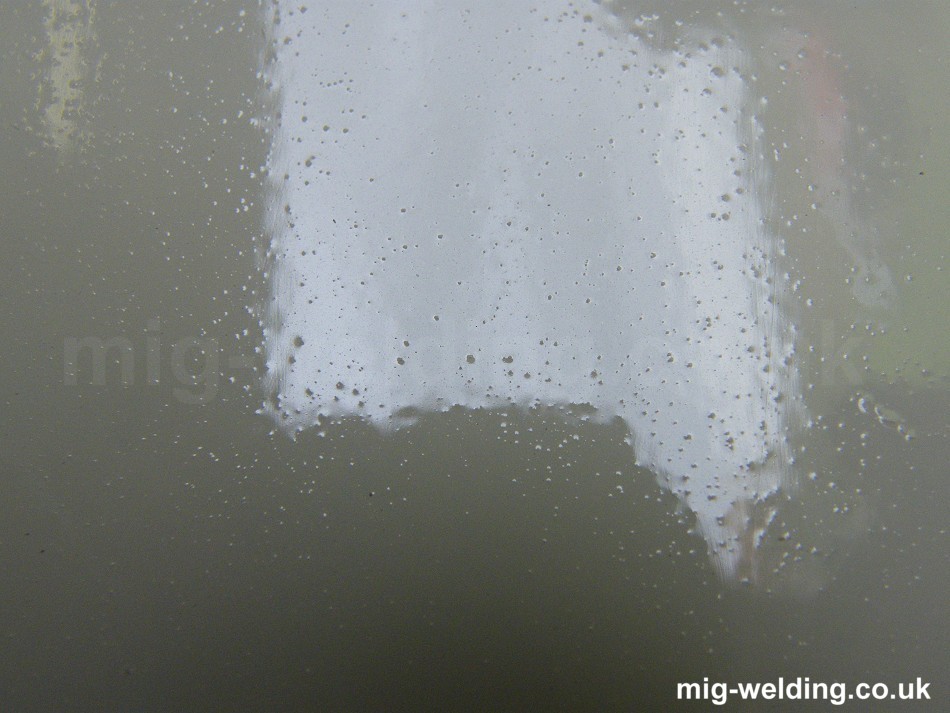In my attempts to master sealing my models with Future floor polish (which has only been on a cheap snap together kit so far), I have run across a distinct problem: I don’t know what orange peel effect on a model kit looks like. I am using a Badger airbrush with an air can as propellant, and during my attempts at sealing my practice model with Future, I noticed that the finish wasn’t totally even and smooth. I’m assuming that is what orange peel is supposed to look like, but again, i’m not sure. Is there a way to get around this problem with the equipment I have, and if not, how can I correct the problem after I’ve sprayed the Future? Thanks! (also, pics of what orange peel effect looks like on a plane model kit would be greatly helpful)
Can you post a picture of what you are getting? That might help other help you. There are so many different things that happen it is hard to tell.
What you’re describing might actually be “dusting”, where the Future is partially drying before it hits the model, creating a rough texture.
I’ve had crazy problems using Future as a clear coat - lots of rough texture for a product that’s supposedly “self-leveling”. I’ve since switched to dedicated clears.
At the great and real risk of sounding like a wise-acre, orange-peel looks like–well–the peeling on an orange…
“Orange peel” is often seen on poor vehicle repairs & even on new vehicles, it looks like;
!(http://auto-detail.s3.amazonaws.com/Paint Correction Graphics/orange peel paint.png)
Orange peel is generally a sign that not quite enough paint/Future has been applied, & the coating hasn’t been able to level.
If your finish is rougher than above & looks more like;

It’s probably happened because either your air pressure was to high or you’re spraying distance was to great (or both), either of these will cause the paint / Future to become too dry before it hits the surface - if it’s too dry, it’s then unable to flow into the rest of the coating to give a smooth finish.
Getting a good finish with gloss paint & clears is very much a case of laying down enough paint to the point where things are almost running, but not quite. You could try some practice spraying, laying down heavy coats to start with & then easing back until the runs are gone - it’s quicker & easier than building up the way to a good finish.
I believe orange peel can also be caused after the fact by below paints outgassing - but isn’t that more a factor with enamels underneath something quick-drying, like acrylics?
As for dusting/rough finish, I’m convinced environmental factors can play just as big a role as air pressure and distance, if not more. Over the summer I had CRAZY dusting issues, even at ridiculously low pressures (5-10 psi) and very close distances. But it was stupid hot, and I discovered after the fact that my shop compressor had a broken drain cock and about a gallon of corroded water in the tank. Not sure which was the culprit, but here’s a nice example I got spraying decanted Krylon gloss black onto a P-51:

Blech!
I’m not suggesting that those are the only factors that can cause these problems, they are just some of the more common ones.
You are perfectly correct about heat being a factor in dry / oversprayed finishes, but it didn’t cross my mind to mention, as heat isn’t something which really causes much of an issue where I’m at[:(]
Thanks everyone! From what I’m hearing, it sounds like I just have a case of slightly uneven finish and not orange peel. The look on my kit isn’t nearly as dire as some of the pics that were sent. I would upload the pictures that I took, but I can’t seem to find the way to upload from my pic library. Thanks for all the advice!
You can knock rough finishes down with micromesh polishing cloths…
I get orange peel most often because of too much distance between airbrush/can and model with fast drying paint, though a too light a coat can also cause it.
The March issue of Fine Scale Modler has two great articles on air brushing. It might be worth your while to get a copy. It may answer a lot of your questions if you’re new to air brushing.